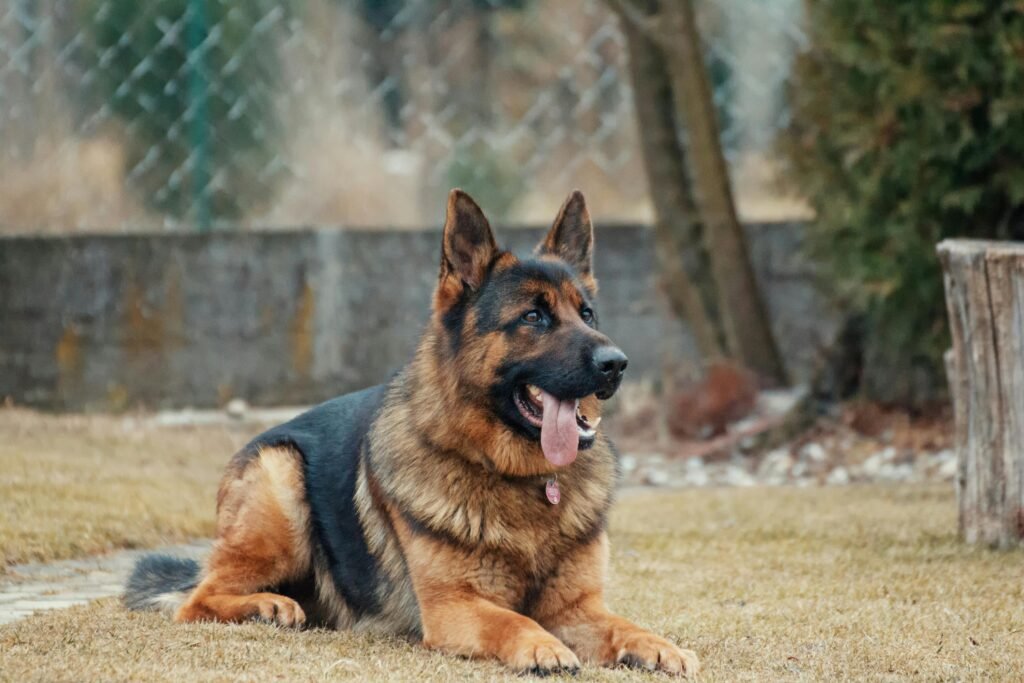Heat rash in dog happens if it’s too hot out or if they’re exposed to lots of heat. Dogs with soft, sensitive skin or lots of wrinkles are most likely to get it. If the conditions are right, heat rash can easily become infected with Staphylococcus bacteria. Knowing why heat rash happens, recognizing its symptoms, and using the right prevention and treatment methods are essential for ensuring our pets stay cool, cozy, and safe from this skin issue when it’s hot outside.
What is Heat Rash in Dogs?
Heat rash in dogs is akin to the human version known as “prickly heat,” emerging when dogs get too hot in humid conditions. Unlike humans, dogs don’t sweat; they pant to cool down, which isn’t as effective in extreme heat. This inefficiency can lead to skin irritation, inflammation, and the formation of small bumps or blisters. When a dog’s body temperature climbs, it can result in heat-related ailments like heat rash, exhaustion, or even stroke. Promptly relocating your dog to a cool, shaded spot and providing water upon noticing signs of overheating is crucial.

What are the sign & symptoms of heat rash in Dogs?
If your dog has been out in the hot sun for extended periods, it’s essential to watch out for signs of heat rash. Overweight dogs and those with skin folds and wrinkles are particularly prone to it. After a lengthy walk or playtime in the yard, it’s wise to inspect your dog for the following heat rash symptoms:
- Itchy and irritated skin
- Tender and red skin in a concentrated area (typically near or underneath skin folds)
- Boils or small pimples in a concentrated area
- Scabs and sores
- Continuous scratching and licking
Identifying heat rash in dogs can be challenging since its symptoms resemble other skin issues. If you observe any of the mentioned symptoms, consulting your vet is advisable to rule out conditions such as allergies, infections, or insect bites. The vet nearest your locality can accurately diagnose the rash’s cause and provide appropriate treatment for prompt relief.

How do Vets Diagnose Heat Rash in Dogs?
Diagnosing heat rash in dogs typically involves a comprehensive approach, including a physical examination, review of medical history, and sometimes additional tests. Your veterinarian will carefully inspect your dog’s skin and inquire about recent activities, exposure to hot and humid conditions, and any changes in behavior or signs of discomfort.
To ensure an accurate diagnosis specific to heat rash, your vet will rule out other potential skin issues such as allergies, fungal or bacterial infections, insect bites, or underlying skin conditions.
In cases of persistent or severe symptoms, further tests may be recommended. These could involve taking skin samples to check for underlying infections or conducting allergy testing if an allergic reaction is suspected.
What is the best Treatment for Dog Heat Rash?
Treatment for heat rash in dogs aims to ease discomfort, reduce inflammation, and facilitate skin healing. While some cases can be managed at home, it’s crucial to seek veterinary guidance first.
Upon noticing signs of heat rash or exhaustion, relocate your dog to a cool, well-ventilated area and contact your vet. Applying a cool compress or damp towel to affected areas can provide relief, but avoid using ice directly on the skin. After cooling, ensure the area remains clean and dry to prevent exacerbating the rash with trapped moisture.
Your vet may suggest a soothing topical cream, ointment, or spray to alleviate itching, inflammation, and aid healing. For severe inflammation or infection, oral medications like corticosteroids or antibiotics may be prescribed.
To prevent self-inflicted harm during healing, consider using an Elizabethan collar or a T-shirt to deter licking or scratching. Limit exposure to hot and humid conditions to avoid aggravating the rash.
If the rash persists despite treatment, consult your vet for further assessment and potential adjustments to the treatment plan.
Each dog’s needs differ, so treatment may vary based on severity and vet recommendations. Always consult a veterinary professional for tailored care.

How to Prevent Heat Rash in Dogs?
Dogs have a narrower temperature tolerance than humans, with their normal body temperature ranging from 100 to 103 degrees Fahrenheit. Because they can’t sweat, their thick fur coats exacerbate the effects of heat. To prevent heat-related illnesses, especially in hot or humid climates, limit your dog’s outdoor time in direct sunlight.
Ensure shaded areas are available in your yard and provide water play with a hose or sprinkler to help cool them down. Surfaces like concrete, pavement, and wood decking heat up quickly and can be hotter than the air temperature, so be cautious if your dog encounters them in summer.
Avoid strenuous activities like long walks or hikes during peak heat hours. Monitor your dog for signs of heat exhaustion such as panting and fatigue. Always ensure they have access to fresh water to regulate their body temperature. If you notice signs of exhaustion, move your dog to a cool, dry area and offer them room-temperature water to drink.



